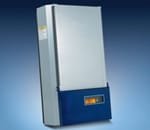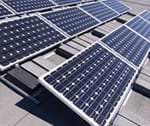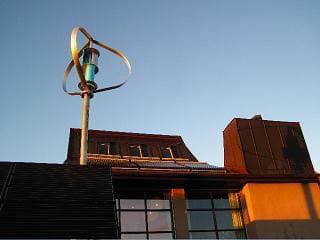
Solar Inverter
The solar inverter is a critical component of any solar power system. The inverter converts the variable DC electrical output of the photovoltaic solar modules into a useable 50- 60 Hz AC current that can be applied directly to the commercial electrical grid or to a local, off-grid network. The inverter is a real-time microcontroller that is programmed to monitor the solar field to ensure maximum output, making adjustments for things such as time of day and weather conditions. Inverters can convert DC current to AC current and DC current to clean DC current, depending on requirements.

Solar panels
A photovoltaic module or photovoltaic panel is a packaged, interconnected assembly of photovoltaic cells, also known as solar cells. The photovoltaic module, known more commonly as the solar panel, is then used as a component in a larger photovoltaic system to produce electricity for commercial and residential applications. Because a single photovoltaic module can only produce a limited amount of power, many installations contain several modules or panels known as a photovoltaic array. A photovoltaic installation typically includes an array of photovoltaic modules or panels, an inverter, batteries and interconnection wiring. Photovoltaic systems are used for either on- or off-grid applications.

Solar rack mounting systems
Solar systems consist of a number of large photovoltaic panels. These panels need to be fixed in place to form a solar field. There are several types of mounting systems (or racks) designed to mount the panels on the ground, to rooftops, on poles. Rack systems allow solar designers to create stand-alone fields or integrate solar panels into existing structures.

Wind and solar Street lighting

Wind turbines
A wind turbine (or windmill as it is sometime called) converts wind power into electrical energy. The system uses propellers mounted to a rotating shaft. The shaft is connected to a generator. The wind spins the propellers, turning the shaft and generating electricity. Wind turbines can be used as stand-alone energy-producers, or they can be integrated into solar photovoltaic systems to assist in boosting output power.



